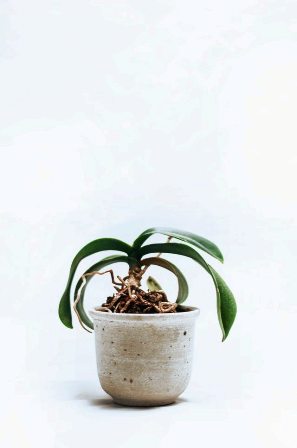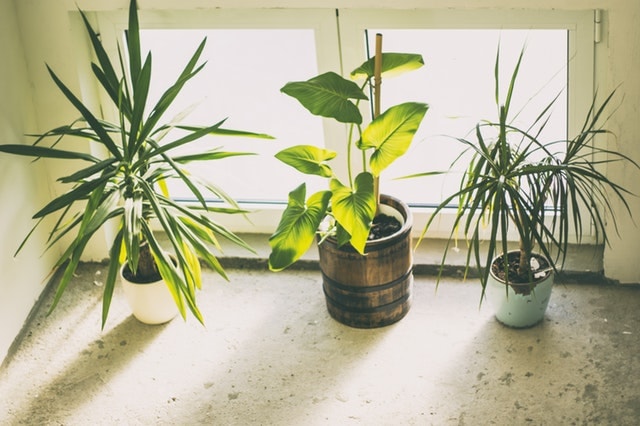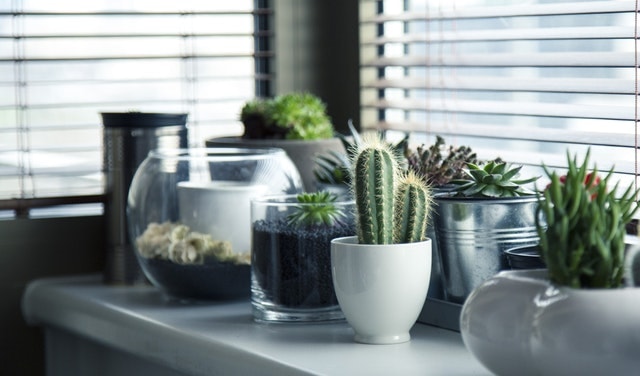Last Updated on 3 years by Namrata
Orchids are hard to grow plants. They need to be taken care of regularly to get a good bloomsome. Orchids grown in pots may die if you do not keep misting the plant. I hard learned this by misting my orchid for two weeks and the plant died off. In wild, orchids like Phalaenopsis get water from natural habitats that are tropical forests through natural transpiration.
Phalaenopsis Orchids are also commonly called Moth orchids. Naturally, they are found in the tropical forests of Indonesia and the Philippines. They can be grown indoors or outdoors in containers with proper care. Blooming starts at end of fall to the end of the spring. When they bloom Phalaenopsis orchids look astonishingly amazing. Sometimes because of the low maintenance, these Phalaenopsis take more than a year to bloom.
10 Reasons why Phalaenopsis orchid is not blooming
If your home Phalaenopsis is taking much time for blooming, you may be doing something wrong. With due care and proper knowledge, you can reverse this. We have listed the top 10 reasons for Phalaenopsis orchids not blooming.
1. Small size pot
A small size pot is not good for the normal growth of an orchid plant. A small pot at the beginning will not cause any problem. As the plant grows big, you need to repot to a bigger size one. Usually, a 4 to 5 inches pot is enough for a medium-sized orchid plant.
2. Nutrients deficiency
Nutrients nitrogen, phosphorus, and potassium are essential for the growth of the plant as well as for flowering. NPK ratio in 8: 25: 25 is perfect for flowering in orchids. Make sure you know the right quantity to add according to the pot size.
3. Less moisture in the surrounding
As mentioned earlier, Phalaenopsis are tropical plants. We need to keep misting the orchids regularly to them alive. Humidity plays an important role in the flowering of Phalaenopsis. Use a sprayer to spray water on air roots, leaves.
4. Cold climate
A cold climate can cause the plant to go under hibernation. Phalaenopsis mostly grow in tropical areas. A cold climate is not good for the proper growth of the plant. To induce a warm environment keep the pot in the living room adjacent to the furnace.
5. Exposure to direct sunlight
Orchids are epiphytes which means they love to live on top of trees hiding under shade. In a natural habitat, the orchids do not get exposed to direct sunlight. If you are growing them indoors or outdoors protect them from direct sunlight. Direct sunlight is also responsible for the yellowing of orchid leaves.
6. Trimming off the aerial roots
Trimming off the aerial roots of a Phalaenopsis orchid is not recommended. These aerial roots are important for the absorption of water and nutrients. If you trim off these aerial roots the plant will not get adequate nutrients. Ultimately, the orchid plant will not be able to grow normally.
7. Hormone deficiency
Plant hormones play a crucial role in the development of a plant. Auxin promotes the growth of a plant. Whereas cytokinin hormone promotes flowering in plants. Deficiency of the hormone can cause a delay in Phalaenopsis orchid flowering.
8. Rotten roots
Rotten roots of the orchids can cause the plant to slow growth. Overwatering may lead to the rotting of roots. Be careful not to use contaminated water for watering the plant. Rotting is one of the main causes of the death of an orchid. To know that you are not overwatering, use a watering tracker app for tracking.
9. Wild variety
Phalaenopsis has many varieties. The wild varieties of Phalaenopsis take much more time for blooming than the cultivated ones. Buy a Phalaenopsis plant only from reputed offline or online nurseries. The wild variety inflorescence is smaller.
10. Pest infestation
Infection from pests can slower the normal growth of orchids. If you want to see a good Inflorescence, remove pest infestation from the orchid. Then you can expect to see a beautiful Inflorescence in the spring.
Direct sunlight and low temperature are two reasons for the yellowing of phalaenopsis leaves. Remove the phalaenopsis orchid pot from the direct sunlight exposure and put it in a place where no direct sunlight falls. If the temperature is very low outside keep the pot inside. Dehydration and overwatering are the other two causes for the yellowing of Phalaenopsis orchid leaves.
Phalaenopsis orchid leaves are drooping because of the low humidity. Use a misting spray to mist your orchid regularly.
Bottom Lines
Check the above reasons for the phalaenopsis orchid not flowering and follow my advice to see if your orchid blooming. Orchids can be grown well anywhere with proper care.

YOU MAY LIKE:



